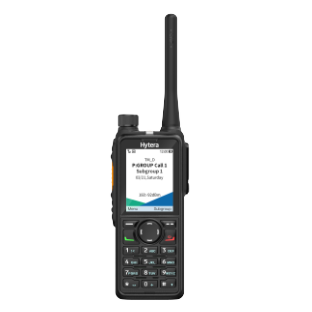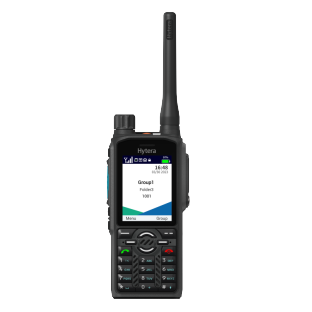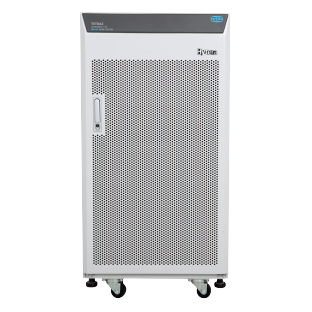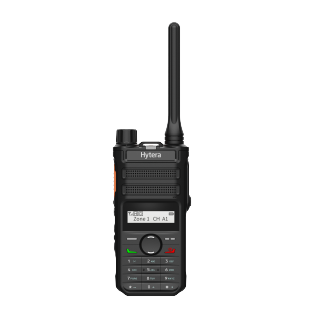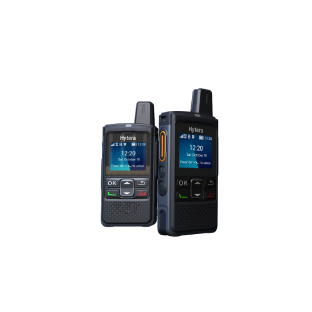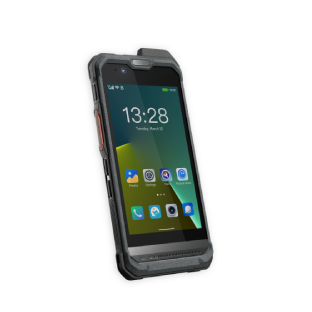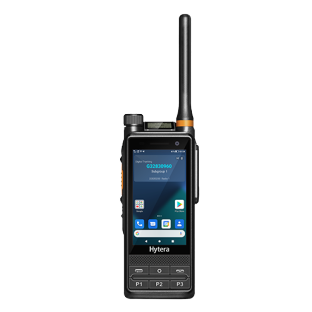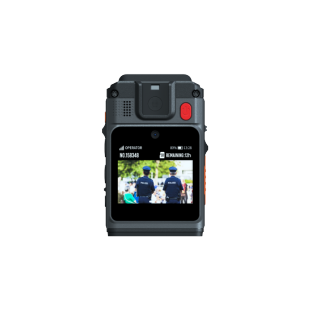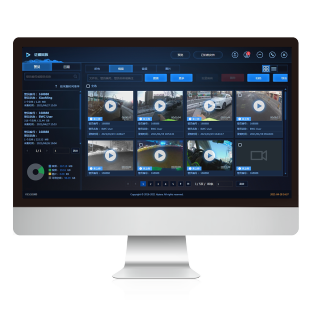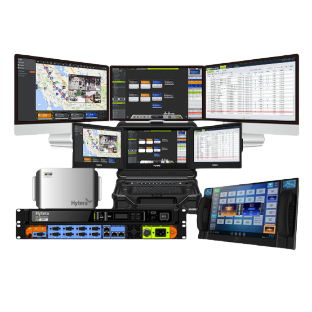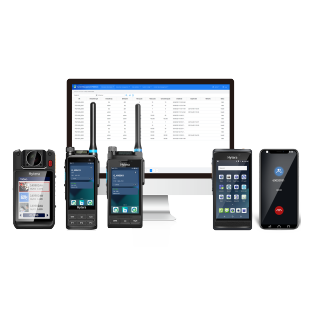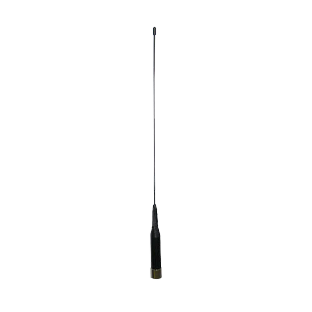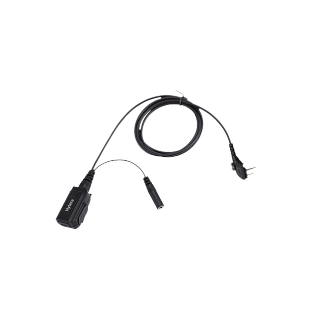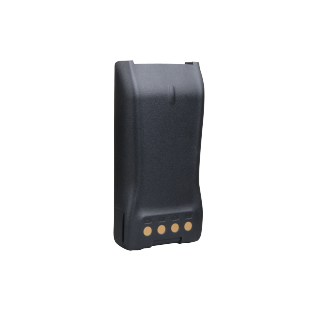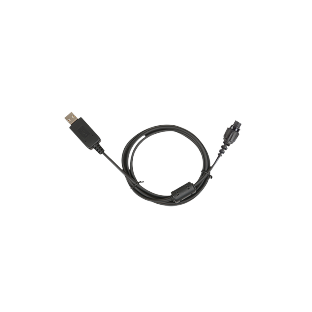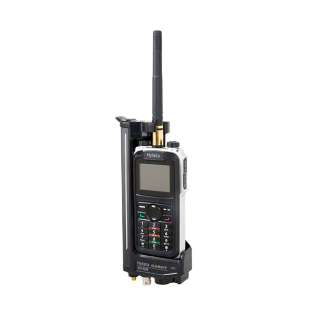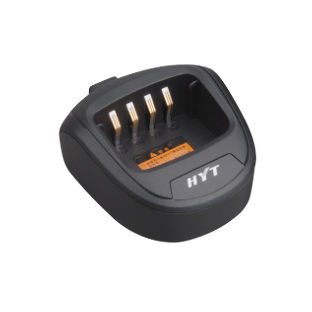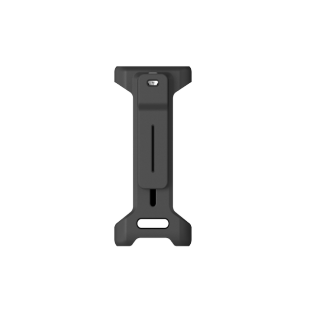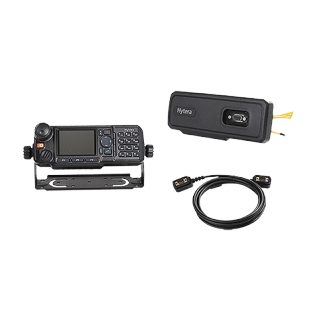What are ATEX radios?
ATEX radios are designed to protect employees in potentially dangerous oil, gas, mining and chemical environments where atmospheric explosions may occur. The ATEX certification is an EU standard (Appareils destinés à être utilisés en ATmosphères EXplosibles) designed to ensure that electrical equipment including radios and accessories do not provide an ignition source such as a spark that might cause an explosion. These are known as intrinsically safe radios as they meet stringent health and safety rules to protect workers, the facilities, the surrounding population and the wider general environment.
ATEX radios have particular properties to set them apart from standard waterproof and rugged radios. They do not release sufficient electrical or thermal energy under normal conditions to ignite hazardous material such as fuel, fibres, dust and gas.
Each element of the radio including batteries, circuit boards, casing and antennae are designed to be as safe as possible, with shielded connections and anti-static shells.
ATEX Compliance
For a radio to meet ATEX standards it must meet the following considerations:
Devices must be able to cope with extreme temperatures ranging from +45°c to -20°c.
Devices also have to be resistant to sand, dust (including metal dust), oil/fuel, chemicals and water
Devices need to be thoroughly tested for resistance to thermal shock (the ability to withstand sudden changes in temperature) and thermal cycling (the effects of alternating heat and cold) to ensure their reliability.
The equipment also needs to be rugged enough to withstand hits and drops. High levels of IP and MILSTD (military standard) protection are therefore necessary.

